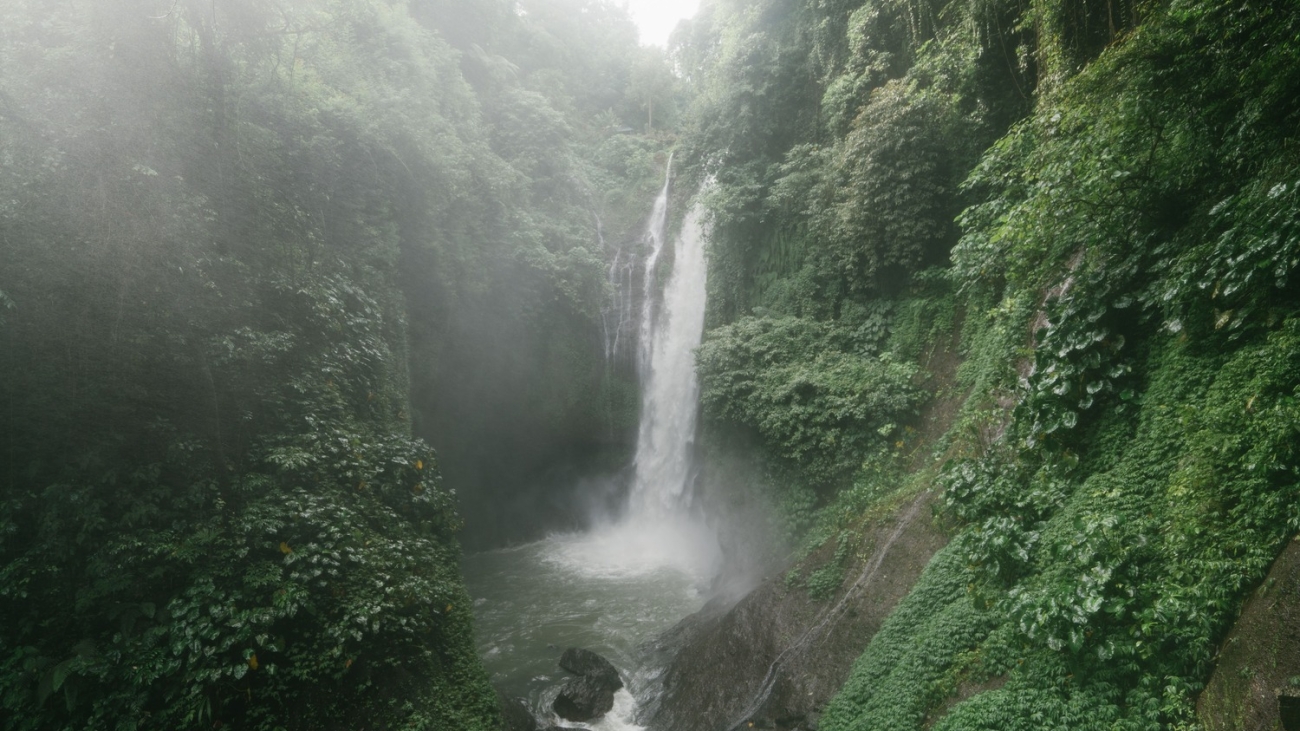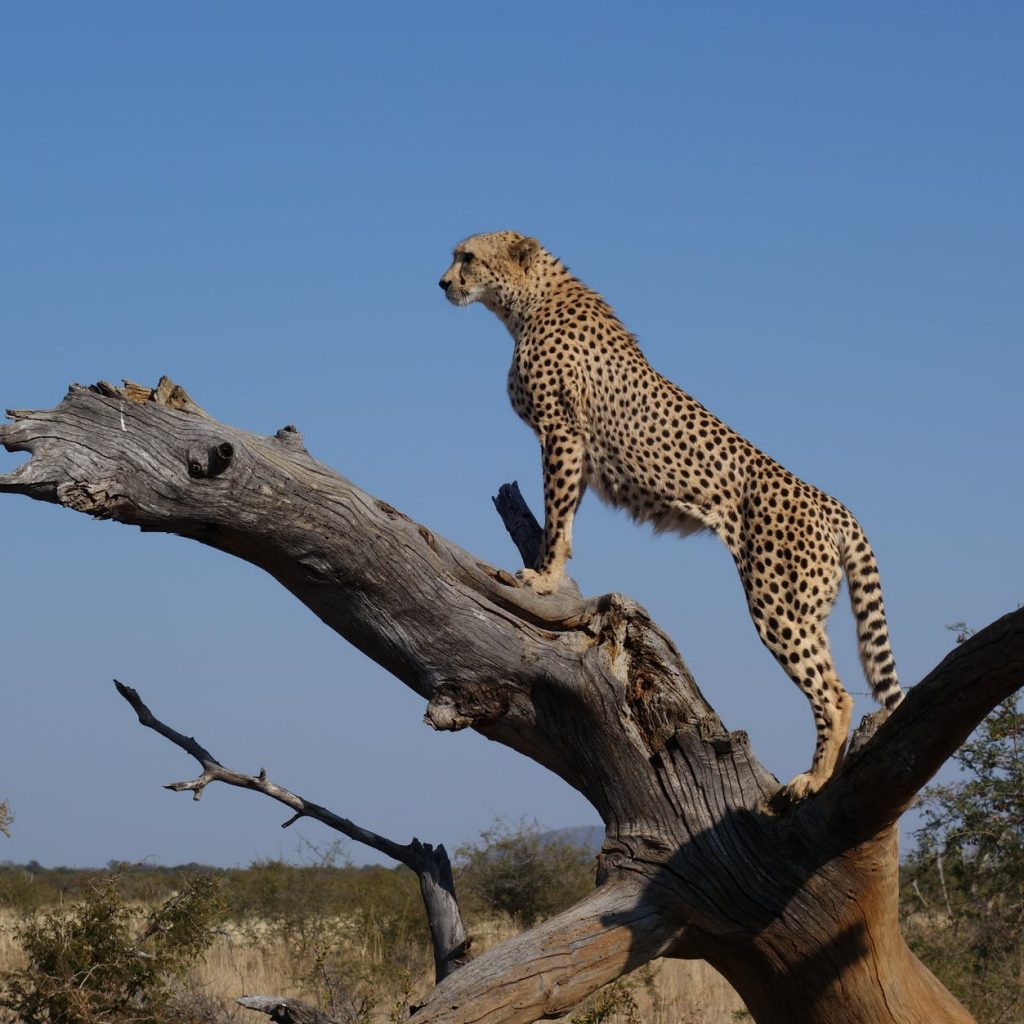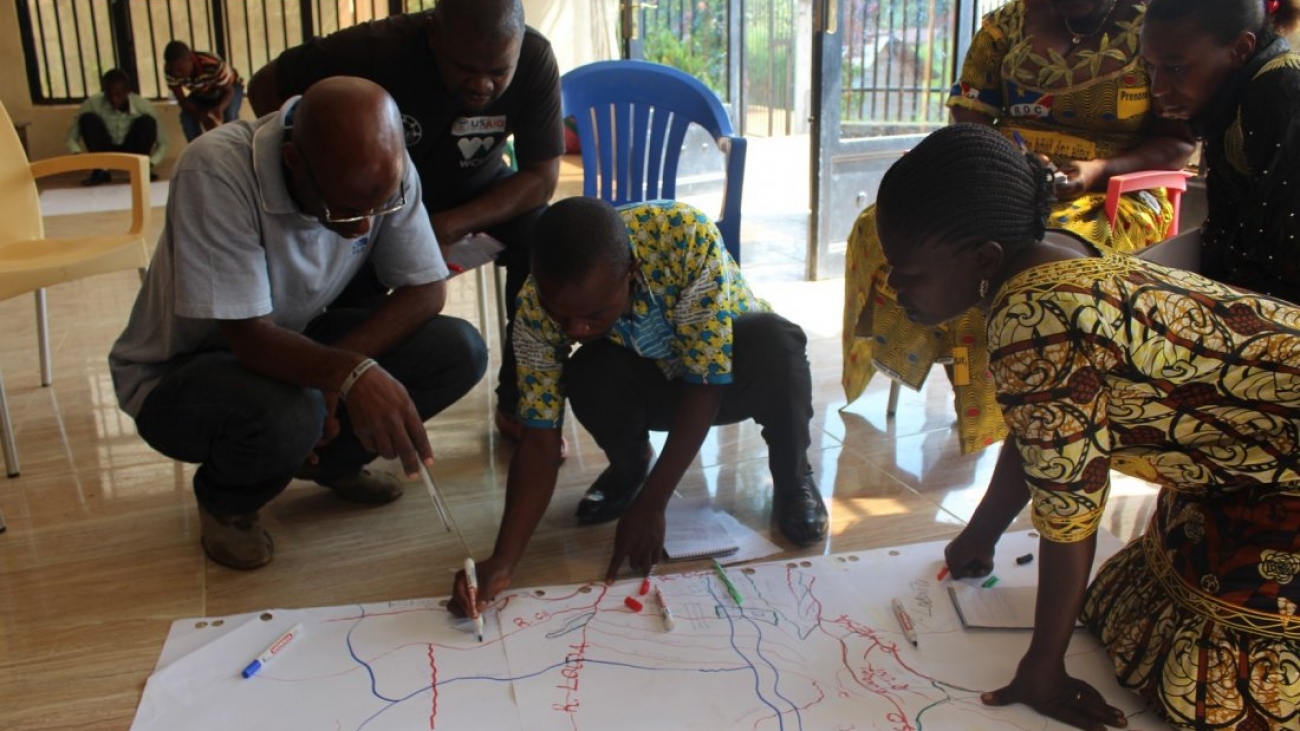A study by ABCG on community forestry, has found that many communities face governance challenges and need help managing the forest in sustainable ways. This study focuses on how community forestry contributes to improved forest management in Africa using a case study approach in five countries in Africa:
World Wildlife Day 2021: Promoting Forest and Forest Management Models and Practices
Happy #WorldWildlifeDay. The 2021, World Wildlife Day theme is, Forests and Livelihoods: Sustaining People and Planet, that highlight the central role of forests, forest species and ecosystems services in sustaining the livelihoods of hundreds of millions of people globally, and particularly of Indigenous and local communities with historic ties to forested and forest-adjacent areas.
How ABCG is Implementing Community Forestry in the Democratic Republic of Congo: WRI’s Natural Resources Policy Specialist Explains
 Community-Based Forest Management (CBFM) is the management, by communities or smallholders, of forests and agroforests they own, as well as the management of state-owned forests (some of which share customary tenure and rights under traditional laws and practice) by communities. The Africa Biodiversity Collaborative Group (ABCG) through its CBFM thematic working group is implementing the Community-Based Forest Management project in the Democratic Republic of Congo (DRC). CBFM builds upon ABCG’s previous work on community forests under the Land and Resource Tenure Rights thematic area and is being implemented by ABCG members, World Resources Institute (WRI) and the Jane Goodall Institute (JGI).
Community-Based Forest Management (CBFM) is the management, by communities or smallholders, of forests and agroforests they own, as well as the management of state-owned forests (some of which share customary tenure and rights under traditional laws and practice) by communities. The Africa Biodiversity Collaborative Group (ABCG) through its CBFM thematic working group is implementing the Community-Based Forest Management project in the Democratic Republic of Congo (DRC). CBFM builds upon ABCG’s previous work on community forests under the Land and Resource Tenure Rights thematic area and is being implemented by ABCG members, World Resources Institute (WRI) and the Jane Goodall Institute (JGI).
ABCG talked to Prince Baraka, Natural Resources Policy Specialist at WRI to find out more about the project.
1. What is the importance of CBFM in DRC?
DRC is a country endowed with high forest cover with more than a half of the remaining Congo Basin rainforest found in the region (WRI). According to the World Bank, the Congo Basin rainforest is the second-largest tropical forest on Earth and comprises of about 70% of Africa’s forest cover. These forest’s ecosystem products and services supports the livelihoods of millions of people who live in these areas and beyond making CBFM an important management aspect.
In Community-Based Forest Management, the community takes greater ownership in the management and governance of the forests. With limited state resources for forestry management due to the country’s socio-political and socio-economic situation, implementing this project in DRC offers a cheaper and more effective approach to manage forests. Secondly, state governance of forest resources has proven to be challenging and inadequate in ensuring sustainability of forests. It is also a strategy for reducing poverty and improving conservation by empowering communities to manage their forest resources directly.
“Community forestry is an opportunity to explore conservation out of protected areas, and should be used as a tool to improve local governance and the well-being of forests” Prince Baraka
2. What strategy is the project employing in implementing CBFM in DRC?
We are employing two strategies, the first one looks at promoting and understanding best practices in the implementation of CBFM management plans in DRC for improved conservation outcomes. In this, we are trying to encourage a way of valuing community forestry as a conservation tool and equally as a local development tool. The second strategy focuses on better understanding the impacts of CBFM on forest cover in different landscapes through analysis of satellite imagery and other spatial data across diverse CBFM scenarios.
3. Tell us about some of the approaches you are employing in implementing the strategies.
We have been working on enabling the appropriate policy environment that supports CBFM. To this end, we collaborated with DRC’s Ministry of Environment and Sustainable Development, and other partners, to develop the Ministerial Decree No. 025 which was signed into law in February 2016. It provides rules governing concession management by forest communities. In 2018 and 2019, WRI supported in the development of another Ministerial order which allowed the environment ministry to create a steering committee for the national strategy on community forestry in DRC. Additionally, we have been working on bringing institutional support and involvement in the development of important model tools such as legal frameworks that would support the implementation of CBFM. Further, we have developed an important guide for managing community forests in DRC, titled ‘Guide opérationnel d’élaboration des plans simples de gestion des concessions forestières des communautés locales’.
4. Elaborate further on the guide, ‘Guide opérationnel d’élaboration des plans simples de gestion des concessions forestières des communautés locales’ and its significance to the success of CBFM.
The name of the guide loosely translates to ‘Guide for the elaboration of simple management plans for forest concessions of local communities’ in English. The guide is a reference tool to assist Local Community Forest Concession (CFCL) user groups to set clear goals for management that will improve quality of life of communities whose forests constitute reserves of biodiversity and forest-dependent livelihoods. This offers an opportunity for them to engage in the project activities thereby being the core actors in managing their resources. The guide was developed by WRI (with co-financing from USAID CARPE SCAEMPS program) in collaboration with the Division of Community Forestry and was validated by stakeholders in Kinshasa, DRC in May 2019. In collaboration with the Ministry of Environment and Sustainable Development, translation of the guide into local languages is ongoing. It will serve as the basis for WRI-led distribution to local actors and awareness raising on its application.
5. What are the positive outcomes witnessed as a result of using the guide and model tools developed?
One successful outcome has been the acceptance and validation of the guide by the highest political level, the Minister of Ministry of Environment and Sustainable Development, and communities in Maniema and Kwilu Provinces. The adoption of these model tools has further led to an increase in the number of community forests attained, efficiency in administration service delivery in the provinces, and governance processes are now improved and harmonized.
6. What is the value-add to community members being involved in the project and in which provinces is CBFM being implemented?
By being involved in CBFM activities, community members make actors aware of their needs and concerns. This helps in the design and delivery of interventions that are beneficial to community members such as establishment of Local Community Forest Concession governance structures. Secondly, it enables communities to realize the importance of biodiversity conservation through their active involvement in the whole process of implementing the simple management plan. Lastly, involving communities promotes responsibility, better management of community forests, resource efficiency and reduces management costs for the government and partners as the activities are done by community members themselves. The CBFM project is being carried out in several provinces namely Maniema, Maindombe, Kwilu, Tshopo, Tshuapa, Mongala, North-Kivu and Equateur.
7. Who are some of your local partners in implementing CBFM in DRC?
The partnerships we form are critical for the success of our work, in implementing CBFM, we have partnered with Groupe d’Action pour Sauver l’Homme et son Environnement (GASHE) in Equateur, Réseau pour la Conservation et la Réhabilitation des Ecosystèmes Forestiers (Réseau CREF) in North Kivu, Centre d’Appui à la Gestion Durable des Forêts Tropicales (CAGDFT) and Conseil pour la défense environnementale par la légalité et la traçabilité (CODELT).
8. What are the challenges faced in implementing this project?
Encountering resistance from local communities who refuse to let go of their land can pose a big challenge to this work. Resistance can also come from movements of environmental civil society organizations who regards this process as a dispossession of communities from their land. Therefore, it is difficult to create community forests under the status of a national park, as this option is negatively perceived by the communities. This explains why we are moving more and more towards the creation of reserves and community conservation areas, because it is essential to have the support of local communities who customarily own their forests. Currently, with a view to guaranteeing the preservation of biodiversity, the forest concessions of local communities are considered to be an opportunity to extend conservation areas outside protected areas.
9. Which technique is WRI using to reach and engage with communities during this period of the
COVID-19 pandemic?
WRI staff now have less interaction with the communities and other partners due to the set COVID-19 guidelines. Communication challenges as a result of limited internet access further makes it difficult to engage with the communities as well as implement the planned activities on the ground. To continue our operations during this period, we are working more closely with local NGOs who are able to reach the communities and incorporate the use of the tools we helped to develop.
10. What would you recommend other actors to put emphasis on to ensure the success of CBFM?
It is important for all actors to ensure that community forestry effectively contributes to biodiversity conservation and local development particularly by promoting the local economic fabric through enhancement of natural resources. Promoting the economic benefits to communities is important in increasing the economic value of community forests that contributes to better management of the natural resources.
To learn more about essentials of making community forestry work in the Democratic Republic of Congo, read, In the Democratic Republic of Congo, 3 Essentials for Making Community Forestry Work, by WRI.






